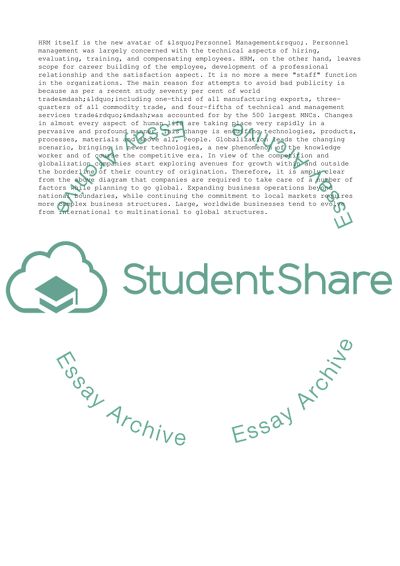Cite this document
(“The Introduction of Management Techniques and National Culture Research Paper”, n.d.)
The Introduction of Management Techniques and National Culture Research Paper. Retrieved from https://studentshare.org/management/1503653-comparative-international-hrm-essay
The Introduction of Management Techniques and National Culture Research Paper. Retrieved from https://studentshare.org/management/1503653-comparative-international-hrm-essay
(The Introduction of Management Techniques and National Culture Research Paper)
The Introduction of Management Techniques and National Culture Research Paper. https://studentshare.org/management/1503653-comparative-international-hrm-essay.
The Introduction of Management Techniques and National Culture Research Paper. https://studentshare.org/management/1503653-comparative-international-hrm-essay.
“The Introduction of Management Techniques and National Culture Research Paper”, n.d. https://studentshare.org/management/1503653-comparative-international-hrm-essay.


